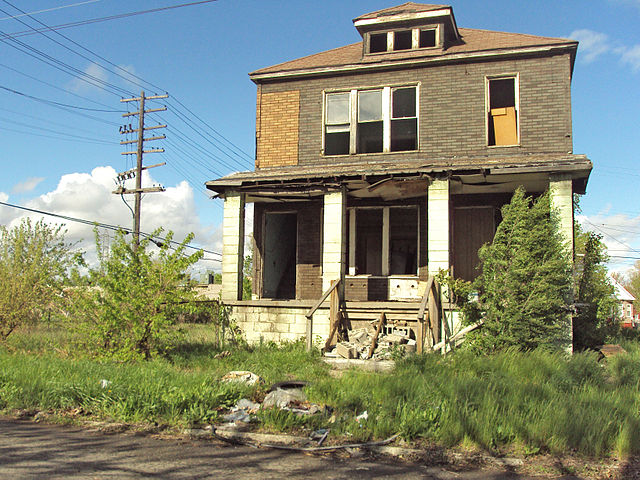It’s been about 50 years since the fertilizer plants that were located in Weymouth, Massachusetts were operating. At the time it was one of the largest fertilizer manufacturing plants in the country. After the plants closed, the Weymouth Peninsula Corporation purchased the property and built condominiums.
Years later contaminants such as arsenic and lead were detected on portions of the property. ConocoPhillips, the company that sold the property to Weymouth Peninsula Corporation, was ordered to remediate the property.
That cleanup program was deemed a success, with environmental officials announcing the site was now free of contaminants in January 2008. Part of the remediation process included an underground cap, and inspectors also tested for radon and radionuclides, both of which were within acceptable parameters.
Nearly a decade after the property was declared ready for development, a company is planning a large project on the site. DAI Property Management plans to build a six-story, 50-condominium building along the waterfront. The proposed Seascape at Weymouth has been under fire from nearby residents, some of whom lived in the area when the fertilizer plants operating and later shut down. They remember when the contamination was reported, and they worry Seascape at Weymouth could literally dig up the past and send the once underground contaminants back into the air.
In the time since the project was announced, DAI and the Department of Environmental Protection Agency (DEP) have been working to ease those concerns. The site holds a 2008 Class A-3 Response Action Outcome with Activity and Use Limitation (AUL) that only allows certain projects on the property, a multi-family residential building like the one included in the Seascape at Weymouth plans. Additionally, soil disruption below three feet is not permitted unless a plan with all of the proper precautions is followed.
Residents have also voiced their worries about contaminated soil being hauled to a different site during excavation, which could possibly allow the contaminants to be sent into the air during transportation. However, authorities said an adjacent 10-acre site will be used to store any contaminated soil, and that soil will be capped in a way similar to the original location.
The Seascape at Weymouth is a good example of how a contaminated site can be property remediated and later developed in a way that does not cause risks for anyone living or working in and around the site. We’ll update our blog as the project moves forward.
To learn more about our work in contamination give us a call at 206-623-2935, or visit our contamination services page: https://www.greenfieldadvisors.com/consulting/litigation-support/





Recent Comments